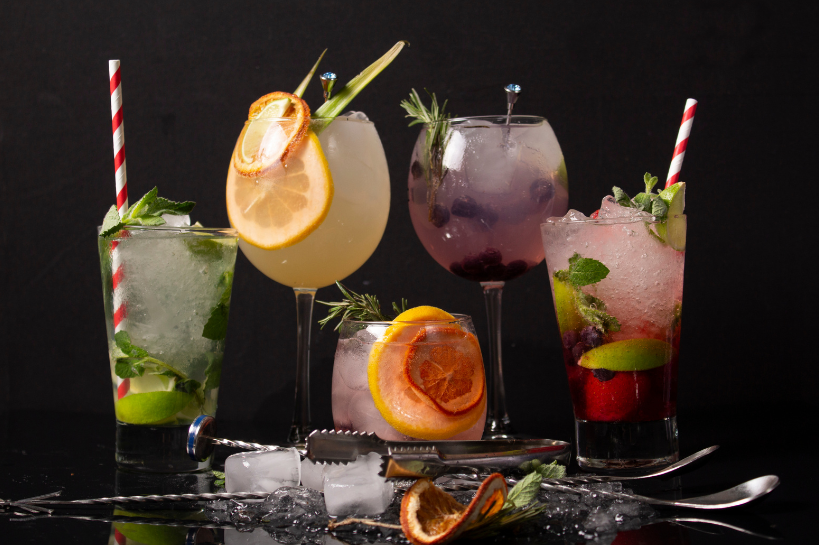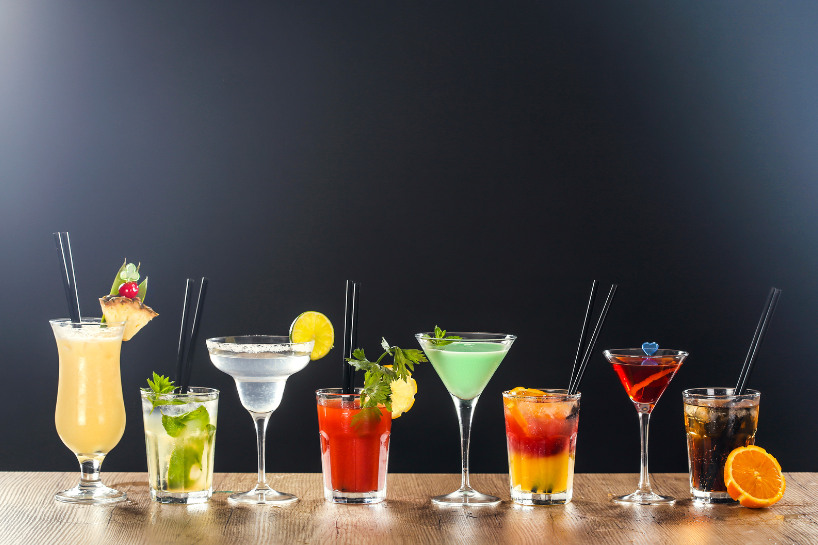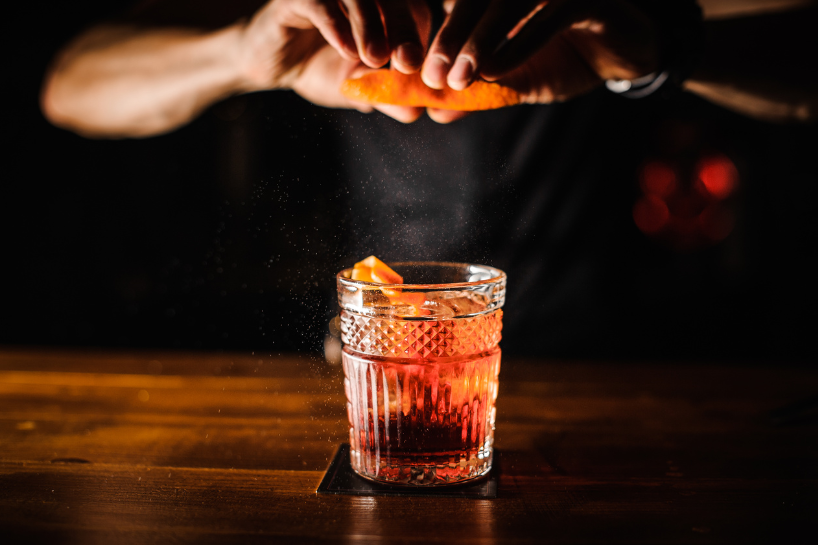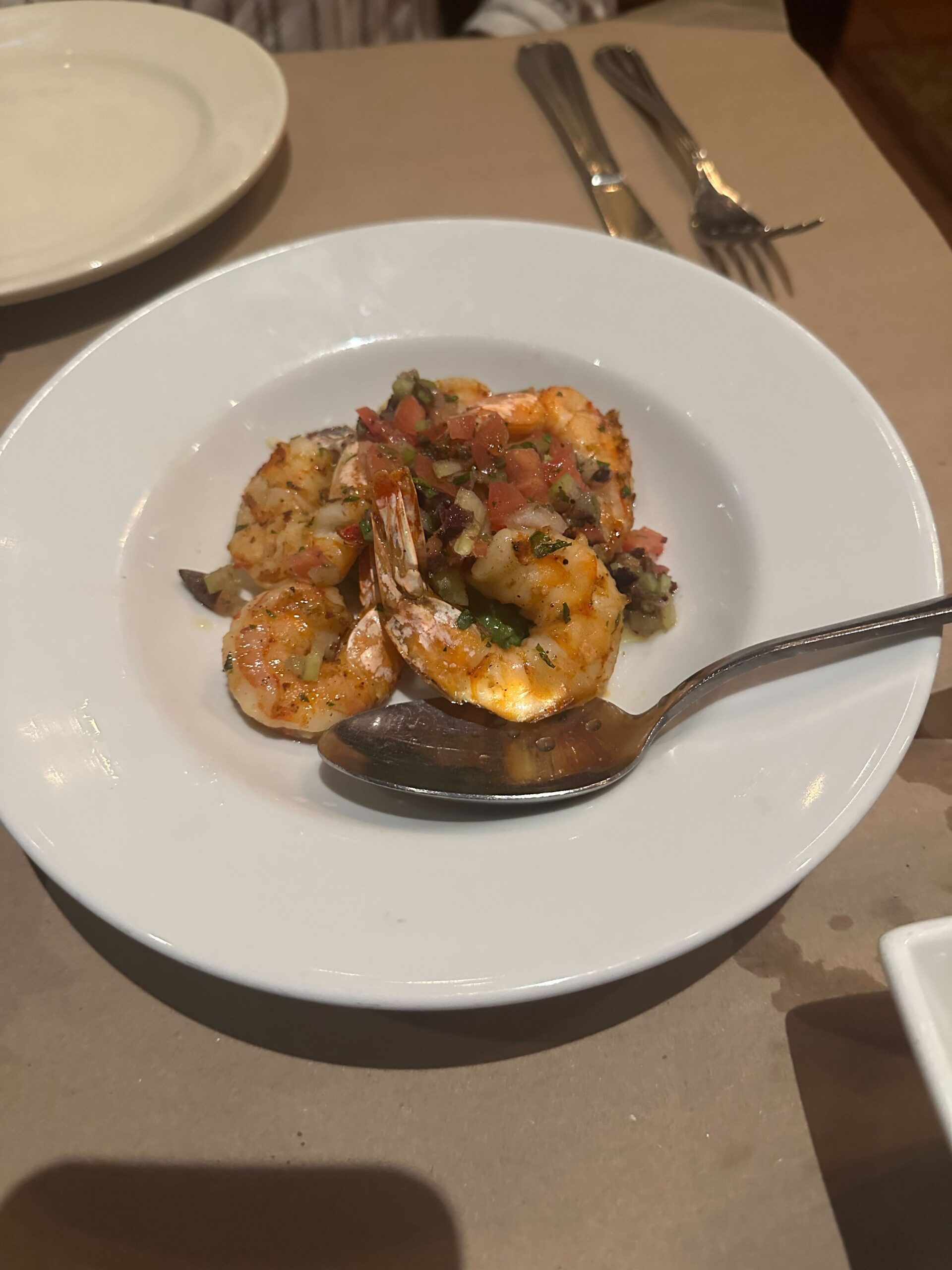WHAT YOU’RE REALLY PAYING FOR IN THAT $18 “FARM-TO-GLASS” DRINK
That artisanal, locally-sourced, hand-crafted cocktail you’re sipping in Midtown? The one with the house-made bitters, small-batch spirits, and garnish of microgreens that some guy with a waxed mustache just snipped with tiny scissors?
Yeah, it costs about $2.73 to make.
I’ve spent the last month talking to Sacramento bartenders, restaurant owners, and liquor distributors to uncover the brutal truth behind our city’s craft cocktail scene. What I found was a masterclass in creative marketing, psychological manipulation, and straight-up highway robbery.
Let’s break down what you’re actually paying for when you drop $16-22 on a cocktail in Sacramento’s “farm-to-fork” establishments.
THE ACTUAL COST BREAKDOWN
Let’s start with a popular Sacramento craft cocktail: a “Locally-Sourced Seasonal Berry Bourbon Smash” priced at $18.
Here’s what it typically contains and what it actually costs the bar:
- 2 oz “small batch” bourbon: $1.87
- 0.75 oz “house-made” seasonal berry syrup: $0.31
- 0.5 oz fresh lemon juice: $0.08
- 2 dashes artisanal bitters: $0.04
- Garnish (mint sprig, berries): $0.18
- Fancy ice (either large cube or hand-chipped): $0.25
Total actual cost: $2.73
That’s a 559% markup.
“The liquor cost for most craft cocktails should be between 15-20% of the menu price,” explains former Sacramento bar manager Michael Chen (name changed to protect his industry relationships). “But many places are running 10-12% costs, which is just obscene.”
By comparison, a standard well drink might have a 300-400% markup, which is still high but at least in the realm of standard restaurant economics.

THE “CRAFT” SPIRITS ILLUSION
That “small-batch artisanal bourbon” in your $18 cocktail? It probably costs the bar $25-30 per bottle wholesale, compared to $18-20 for a perfectly decent mainstream bourbon.
“The dirty secret is that many ‘craft’ spirits are sourced from the same massive distilleries as mainstream brands,” reveals a local liquor distributor who asked to remain anonymous. “They’re just packaged differently, given a backstory, and marked up 40%.”
In many cases, that “local” spirit isn’t even distilled by the company on the label. Many craft brands purchase bulk spirits from large industrial distilleries in Indiana, Kentucky, or Canada, then bottle and market them as their own.
“I’ve literally seen the same liquid go into bottles with different labels,” our distributor source admits. “One sells for $24 retail, the other for $54, based entirely on branding and perception.”
THE “HOUSE-MADE” COMPONENT RACKET
“House-made” ingredients are the holy grail of cocktail markup. That “artisanal berry syrup” costs pennies to make but allows bars to add $4-6 to the cocktail price.
“It’s basically sugar water with some fruit steeped in it,” says a bartender at a popular Midtown establishment. “It takes maybe 15 minutes to make a batch that serves 50+ cocktails. But put ‘house-made’ on the menu, and people think they’re getting something special.”
The same goes for “infused” spirits, which involve leaving cheap ingredients in alcohol for a few days, requiring almost zero labor but commanding premium prices.
THE FARM-TO-GLASS FANTASY
Sacramento’s farm-to-fork identity has given bars the perfect marketing angle: locally-sourced cocktail ingredients.
“We’ll pay $18 for a flat of berries at the farmers market, use them in 60+ cocktails, and charge an extra $3 per drink for the ‘locally-sourced’ label,” admits a bar owner who requested anonymity. “That’s an extra $180 in revenue from $18 in product.”
The reality? Most “locally-sourced” ingredients make minimal difference in flavor but maximum difference in price. That cocktail with “Sacramento-grown Meyer lemon” tastes virtually identical to one made with regular lemons from a restaurant supplier at half the cost.

THE PRESENTATION PREMIUM
The theatrical presentation of craft cocktails – the smoking rosemary sprig, the tableside pour, the elaborate garnish – serves a crucial financial purpose: justifying the astronomical markup.
“People don’t question paying $18 for a cocktail if there’s a performance involved,” explains Chen. “The more Instagram-worthy the presentation, the less price-sensitive customers become.”
This explains the proliferation of smoke-filled glass cloches, flaming cinnamon sticks, and drinks served in everything from copper pineapples to miniature bathtubs. These gimmicks cost very little but distract from the fundamental value equation.
THE ICE GAME
That large, clear ice cube in your Old Fashioned? It costs the bar about 25 cents but adds $2-3 to the cocktail price.
“Fancy ice is the biggest scam in craft cocktails,” says a former bar back at a high-end Sacramento establishment. “We’d make a big deal about our ‘hand-cut ice program’ when it was just silicone molds in the freezer.”
Some Sacramento bars have invested in expensive ice machines or bring in ice from specialty suppliers. But many are simply using standard ice in silicone molds, then charging premium prices for the aesthetic.
THE PSYCHOLOGICAL PRICING TRICKS
Sacramento bars use sophisticated psychological tactics to extract maximum revenue:
• The Anchor Effect: Putting one ridiculously expensive cocktail ($25+) on the menu makes the $18 options seem reasonable by comparison.
• Strategic Menu Placement: The highest-margin cocktails are placed in the visual “sweet spots” of the menu – typically the top right corner or in highlighted boxes.
• Obscure Ingredients: Listing unfamiliar ingredients makes it impossible for customers to judge value. What’s a fair price for a drink with “house-made cascara cordial” or “local pawpaw tincture”? You have no idea, so you don’t question the cost.
• Limiting Standard Options: Many craft cocktail bars intentionally stock few mainstream spirits and hide well drinks from the menu, forcing customers into higher-margin craft options.
THE LABOR MYTH
Defenders of craft cocktail pricing often cite the skilled labor involved. But the math doesn’t add up.
“A well-trained bartender can make a properly executed craft cocktail in under 90 seconds,” says Chen. “At $18 per cocktail, that’s $720 an hour in revenue for that station. Even with Sacramento’s higher minimum wage and benefits, labor costs don’t justify these prices.”
Most craft cocktail recipes are actually designed to be efficient to produce despite their appearance of complexity. Pre-batching, efficient workflows, and strategic prep make most seemingly elaborate drinks quick to assemble during service.
WHO’S GETTING RICH?
With these margins, you might assume bartenders and bar owners are raking in cash. The reality is more complicated.
“The profit from overpriced cocktails is offsetting losses elsewhere,” explains a restaurant consultant who works with several Sacramento establishments. “Food costs are skyrocketing, rent in desirable areas is insane, and labor costs keep rising. The $18 cocktail is subsidizing everything else.”
Bartenders themselves typically see little of this markup. While craft cocktail bartenders earn more than their counterparts at volume bars, the real money flows to owners and investors.

THE PLACES KEEPING IT REAL
Not all Sacramento bars are playing this game. Several establishments offer fairly priced craft cocktails with transparent practices:
• Jungle Bird: Despite the tiki presentation, their drinks deliver genuine value with proper pour sizes and quality ingredients at fair prices.
• The Snug: Straightforward pricing that actually reflects what’s in the glass.
• Bottle & Barlow: Skilled execution without unnecessary upcharges for basic techniques.
These places prove that quality cocktails don’t require predatory pricing.
HOW TO AVOID GETTING RIPPED OFF
If you still want to enjoy Sacramento’s cocktail scene without getting fleeced, here are some insider tips:
• Ask questions: “What bourbon are you using in that?” If they can’t or won’t tell you, be suspicious.
• Watch the pour: Bars charging premium prices often use stingy 1.5 oz pours instead of the standard 2 oz. Watch the jigger.
• Beware the descriptors: The more adjectives in the cocktail description (“artisanal,” “small-batch,” “house-crafted”), the higher the markup is likely to be.
• Check the well: A bar that uses quality spirits in their well drinks usually has more honest pricing overall.
• Go during happy hour: Many places offer their regular cocktails at more reasonable prices during happy hour, revealing what they could charge all the time while still profiting.
THE BOTTOM LINE
Sacramento’s craft cocktail scene has brought genuine creativity and skill to our city’s drinking culture. But it’s also brought predatory pricing, marketing gimmicks, and a disconnect between cost and value.
The next time you’re contemplating that $18 “farm-to-glass” concoction, remember what you’re actually paying for: about $2.73 in ingredients, 90 seconds of labor, and a whole lot of theater.
Maybe it’s worth it for the experience and environment. But you should at least know what’s in your glass – and what’s in the bar’s pocket.
And if you want to ditch the cocktail scene alltogether and prefer to satisfy your tummy you have to try my mum’s apple crumble!




